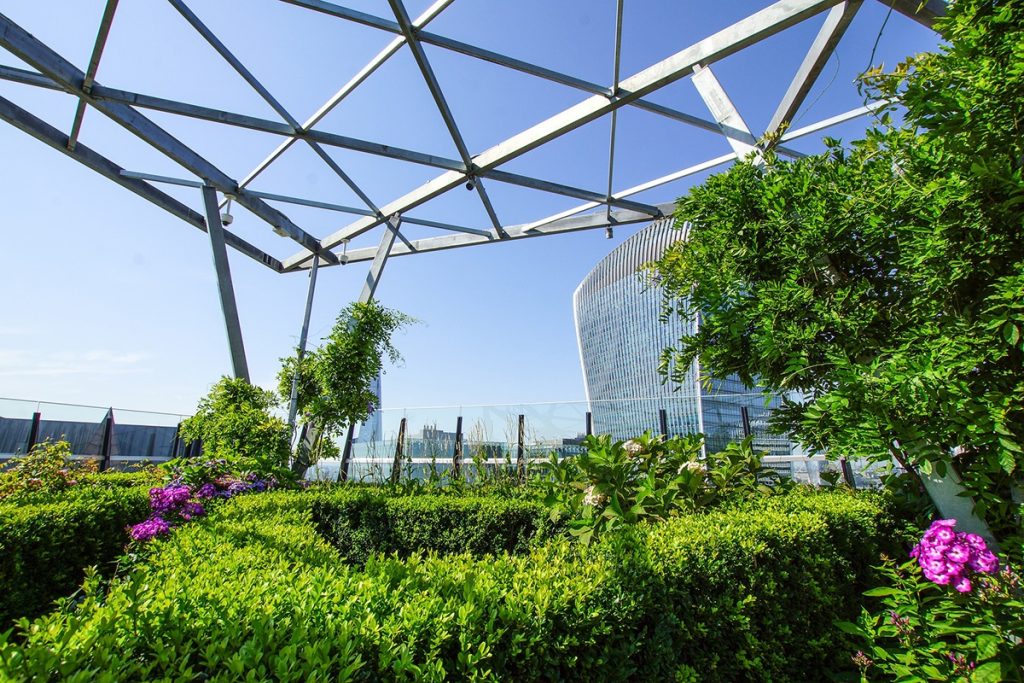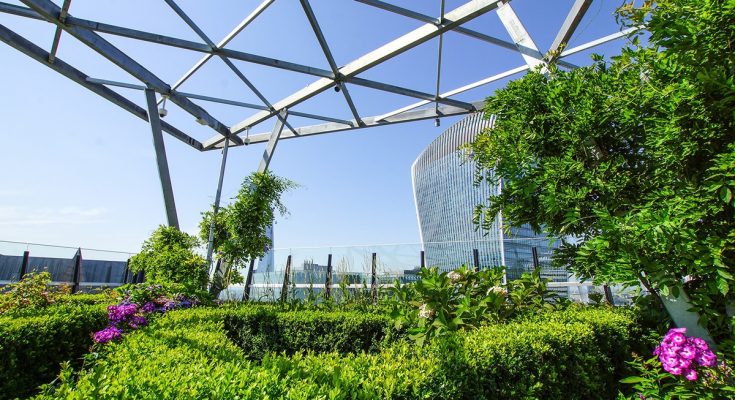As urban populations grow and climate change accelerates, the need for climate-resilient urban agriculture has never been more urgent. Urban agriculture, the practice of cultivating food within city environments, offers a sustainable solution to food security, reduces environmental impact, and fosters community engagement.
However, to thrive in an increasingly unpredictable climate, urban agriculture must adapt to the challenges posed by climate change, such as extreme weather events, rising temperatures, and resource scarcity.

Principles of Climate-Resilient Urban Agriculture
- Diversification: Diversifying crops and growing methods helps build resilience against climate-related risks. By incorporating a variety of plant species and employing different cultivation techniques—such as vertical farming, hydroponics, and aquaponics—urban farms can reduce vulnerability to pests, diseases, and environmental stressors.
- Water Efficiency: Efficient water management is crucial for urban agriculture, especially in regions experiencing water scarcity or irregular rainfall. Techniques such as rainwater harvesting, drip irrigation, and greywater recycling can conserve water and ensure a consistent supply for crops.
- Soil Health: Maintaining healthy soil is essential for resilient urban agriculture. Practices like composting, cover cropping, and no-till farming can improve soil fertility and structure, enhance water retention, and support sustainable crop production.
- Green Infrastructure Integration: Integrating urban agriculture with green infrastructure—such as green roofs, community gardens, and park spaces—can enhance overall environmental resilience. These spaces can absorb rainwater, reduce heat islands, and provide habitats for pollinators, contributing to both agricultural productivity and ecological health.
- Climate-Adapted Varieties: Selecting crop varieties that are resilient to climate stresses—such as heat, drought, and flooding—can improve yield stability and reduce the need for external inputs. Using native or adapted plant species can also enhance local biodiversity and ecosystem services.
Benefits of Climate-Resilient Urban Agriculture
1. Food Security and Sovereignty: By growing food locally, urban agriculture reduces dependence on long supply chains and enhances food security. Climate-resilient practices ensure that food production can continue despite environmental challenges, supporting local food sovereignty.
2. Environmental Sustainability: Urban agriculture reduces the carbon footprint associated with food transportation and packaging. Sustainable practices, such as organic farming and integrated pest management, minimize environmental impacts and promote ecological balance.
3. Community Engagement and Education: Urban farms serve as educational hubs, teaching residents about sustainable agriculture, nutrition, and environmental stewardship. Community involvement in urban agriculture fosters social connections and promotes a sense of ownership and pride.
4. Health and Well-being: Access to fresh, locally grown produce improves nutritional outcomes and supports public health. Engaging in gardening and farming activities also provides physical and mental health benefits, such as stress reduction and increased physical activity.
Challenges and Solutions
1. Space Constraints: Limited urban space poses a challenge for large-scale agriculture. Solutions include utilizing underused areas, such as rooftops, vacant lots, and building facades, and employing space-efficient methods like vertical farming and hydroponics.
2. Resource Management: Managing resources like water, soil, and nutrients in an urban setting requires innovative approaches. Solutions include implementing closed-loop systems, using renewable energy sources, and optimizing resource use through smart technology and data-driven practices.
3. Economic Viability: Urban agriculture can face financial challenges, including high startup costs and competition with conventional agriculture. Strategies to enhance economic viability include creating community-supported agriculture (CSA) programs, securing grants and subsidies, and exploring market opportunities for niche products.
4. Policy and Regulation: Navigating zoning laws, land use regulations, and health codes can be complex for urban agriculture initiatives. Advocating for supportive policies, collaborating with local governments, and engaging in community-based planning can help address regulatory barriers and promote favorable conditions for urban farming.
Case Studies
Tokyo, Japan: Tokyo has embraced climate-resilient urban agriculture through innovative projects like the “City Farming” initiative and rooftop gardens. These initiatives incorporate hydroponics and vertical farming to maximize space and reduce environmental impact. Tokyo’s urban farms also contribute to local food security and community engagement, demonstrating how high-density cities can integrate agriculture into their landscapes.
Copenhagen, Denmark: Copenhagen’s urban agriculture efforts include integrating green roofs and community gardens into the city’s infrastructure. The “Copenhagen City Farms” project focuses on sustainable practices and community involvement, providing fresh produce and educational opportunities while enhancing urban resilience. The city’s commitment to climate adaptation and sustainable agriculture reflects a holistic approach to urban farming.
New York City, USA: New York City has implemented several climate-resilient urban agriculture initiatives, including the “Brooklyn Grange” rooftop farms and “GrowNYC” community gardens. These projects employ innovative techniques like hydroponics and composting to address space constraints and resource management. NYC’s urban farms contribute to food security, environmental sustainability, and community well-being, showcasing the potential of urban agriculture in large metropolitan areas.
Melbourne, Australia: Melbourne’s “City Farms” and “Green Roofs” programs highlight the city’s dedication to climate-resilient urban agriculture. The city integrates urban farming with green infrastructure, promoting sustainable practices and enhancing ecological resilience. Melbourne’s approach includes support for community gardening and local food initiatives, demonstrating how urban agriculture can thrive in diverse urban environments.
Conclusion
Climate-resilient urban agriculture offers a viable solution to the challenges posed by climate change and urbanization. By embracing principles such as diversification, water efficiency, and soil health, cities can create sustainable and productive agricultural systems that enhance food security, environmental sustainability, and community well-being. Addressing challenges through innovative solutions and supportive policies will ensure that urban agriculture remains a key component of resilient and livable cities in the face of a changing climate.




